When the holiday season rolls around, the number of people planning a domestic or overseas trip mounts each year. For example, 3,395,900 Koreans travelled to Japan, from January to June in 2017. It seems since YOLO (you only live once) became a new lifestyle trend setting importance on the present and experience, travel has become more sought after. With an increase of the number of those eager to travel, a new travelling culture has emerged, ‘dark tourism’.
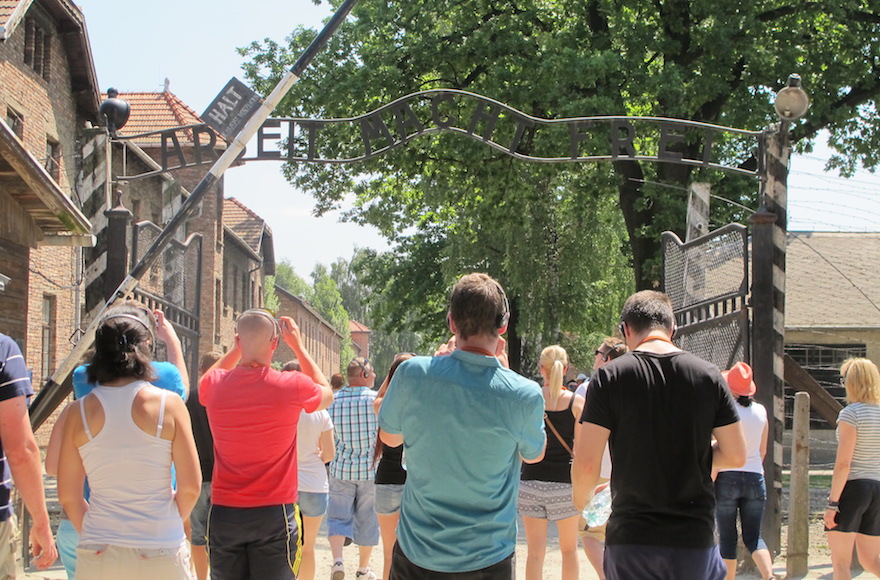 |
What Is ‘Dark Tourism’?
Dark tourism has been defined as tourism involving travel to places historically associated with death and tragedy, with the specific reason of learning a valuable lesson.. Dark tourism is also known as ‘black tourism’ or ‘grief tourism’ globally. Especially, in Korea, the National Institute of the Korean Language translated that word into Korean as ‘historical lesson trip’ (역사교훈여행) in 2008. Academic attention to the subject originated in Glasgow, Scotland. The term 'dark tourism' was coined in 1996 by Lennon and Foley, two faculty members of the Department of Hospitality, Tourism & Leisure Management at Glasgow Caledonian University,
In Korea, a 70-year-old man set fire to Sungnyemun, a historical structure from the Joseon Kingdom, in February 2008. With this tragedy, Koreans took a more active interest in Korean history, including the value of historical architecture. It seems that’s why the National Institute of the Korean Language coined the term, dark tourism 2008. A few years after 2008 the importance of having a sense of history was highlighted not just by the news but also some entertainment programs - it is expected that the number of those interested in dark tourism will increase.
Dark Tourism in Korea
① Jeju Island (Jeju Special Self-Governing Province)
 |
On July 26, the Jeju Special Self-Governing Government said they were planning a dark tourism program complete with a tour guide, in August. The many historical sites of the island were going to be split between two courses: a west course and an east course. The west course begins with the Hangpaduri historic site of the anti-Yuan movement and also includes a cave fortification by imperial Japan on Sedal Oreum, an anti-aircraft emplacement by imperial Japan on Sedal Oreum, an underground bunker by imperial Japan at Altteureu Airfield in Moseulpo Port, the site of the 4.3 (April 3rd) massacre on Sedal Oreum, the former command center of the 1st Army Training Camp and more. Through the whole course you can experience almost all of the historic sites associated with the anti-Yuan period of the Koryo Dynasty, the period of Japanese colonial rule, the Pacific War and the Korean War.
The East course includes a cave fortification by imperial Japan on Sarabong, the Jocheon anti-Japan memorial hall, Bukchon Neobeunsungi memorial hall, cave fortification by imperial Japan on the coast of Seongsan Ilchulbong and the 4.3 (April 3rd) peace park. Prior to the full launch of this tourist program, Jeju held three trial runs. They are going to revise and complement the dark tourism program according to a survey of tourist satisfaction to ensure the optimal number of visitors each trip, the entry fee and more. Jeju Island officials said that trial operations of this program coast around 160,000,000 won and that government support will be sought next year.
② Daejeon
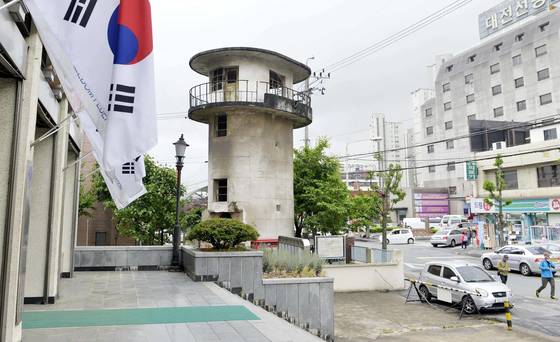 |
On July 15th, Suntaek Gwon, the mayor of Daejeon, said that Daejeon-si had made the decision to convert Daejeon prison to a tourist attraction by changing it into a historic park. Gwon also said that the plan for tourist resources will allow Daejeon to be a dark tourism hotspot by giving visitors access to sites of historic tragedy left by war or genocide. This project to create a historic park will continue until the end of next year at a cost of almost 900 million won. This cost arises mainly from maintaining the watchtower of the prison and the area around a well where patriots, anticommunists and some others were buried. Daejeon-si is also planning to operate a city tour beginning at Daejeon prison then moving to Daejeon National Cemetery to the Congregation of the Sacred Word Catholic Church and finally to Sannae gollyeonggol, where genocide occurred during the Korean War.
③ DMZ (Demilitarized Zone)
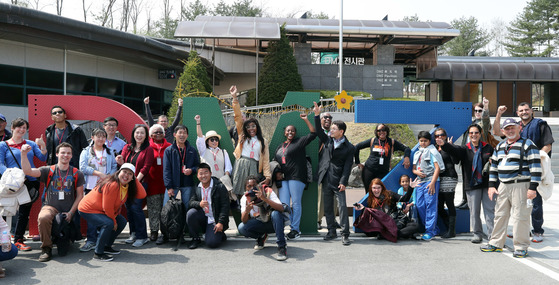 |
The Korea National Tourist Organization (KNTO) released the new ‘DMZ Peace Tour Package’ - to stimulate the economy of Gangwon-do and increase of number of visitors to the DMZ - in cooperation with Gangwon-do, Chuncheon-si, Hwacheon-gun, Yanggu-gun and more, from April 29th to May 14th. The KNTO said the new package was a combination of the great DMZ tourism resources in Gangwon-do and high quality travel convenience for tourists. This tour has two courses: a one-day trip from Chuncheon Station to Chilseong Observatory to the Peace Dam and finally to Paro Lake (every Saturday) and an overnight trip (every Friday to Saturday) from Chuncheon Station to the Park Soo Keun Museum to Dutayeon Valley to the Eulji Observatory to then to Punch Bowl Basin by intercity train express-Chuncheon and a tour bus.
Dark Tourism in Foreign Countries
① Auschwitz Concentration Camp
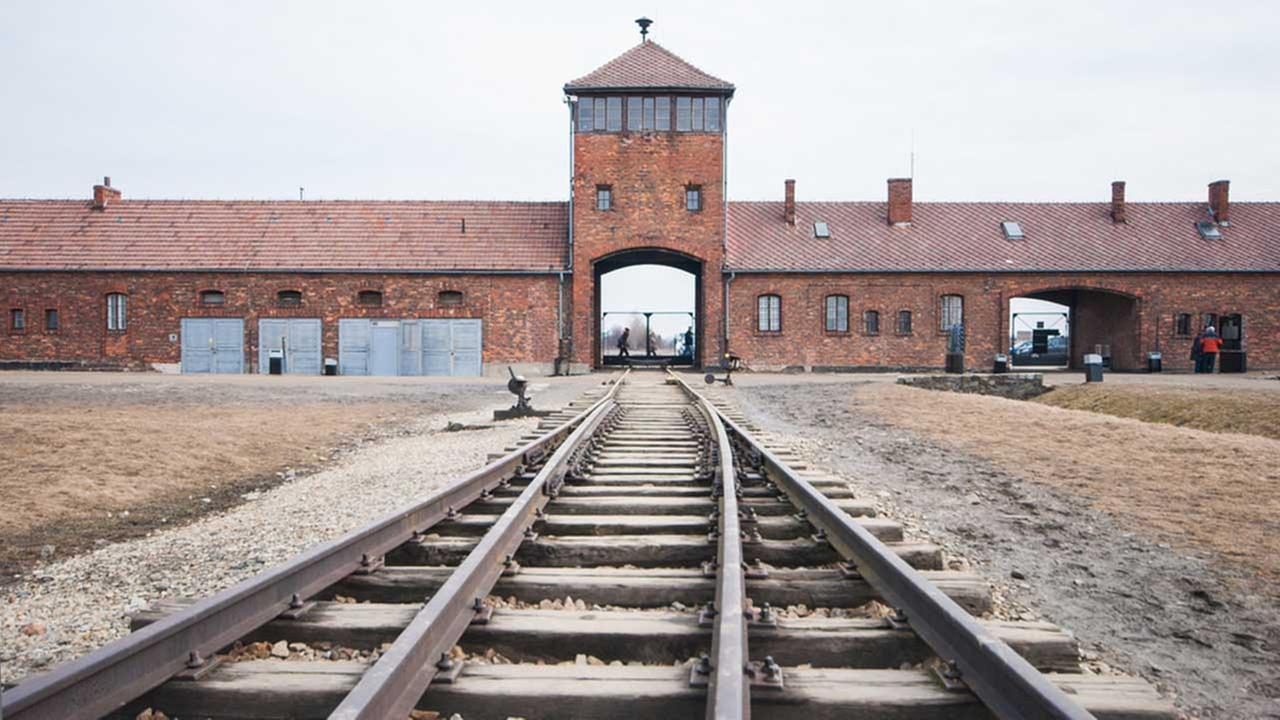 |
Auschwitz concentration camp is without doubt considered the epitome of dark tourism. It’s located in the south of Poland, near the small town of Oswiecim ('Auschwitz' in Polish). The best estimates of the number of victims at the Auschwitz concentration camp complex, including the killing center at Auschwitz-Birkenau, between 1940 and 1945, is almost 1.3 million. Over 2/3 of the victims were Jews (1,095,000 deported to Auschwitz of whom 960,000 died) because Nazi Germany sought to eradicate the Jews. There still remain gas chambers, an iron wall and torture chambers that were used for execution. You can see some articles left by the deceased and even their hair. In 1979, it was named a World Heritage Site by UNESCO to commemorate the historical tragedy and crime against humanity. In 2014, the number of visitors to Auschwitz was recorded at 1,534,000, including 400,000 Polish people, 199,000 Americans, 84,000 Italians, 75,000 German people and many others from different countries. This was the highest number every recorded for the site.
② Pripyat
 |
The Chernobyl accident occurred on 26 April 1986 as the No.4 light water graphite moderated reactor at the Chernobyl Nuclear Power Plant exploded, sending radioactive particles into the air above the city of Pripyat, which was part of the former Soviet Union at that time but is now in the Ukraine. The Chernobyl accident resulted in 3,500 of casualties and millions more affected. The area near the nuclear power plant was so contaminated by radiation that Pripyat has been closed to the public for 26. However, with the increasing popularity of dark tourism, Pripyat is now a worldwide tourist attraction seeing over a million visitors pass through its streets annually. That number is even more significant when you take into account the fact that you need to sign a waiver resolving everybody associated with the trip from any health issues you may develop after visiting. Pripyat is only open to 18 and over, special protective garments must be worn and people can only touch what the guide allows..
③ National September 11 Memorial and Museum (also known as the 9/11 Memorial and 9/11 Memorial Museum)
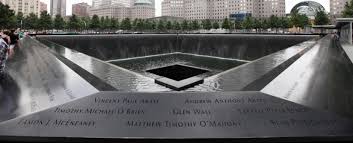 |
The National September 11 Memorial is a tribute of remembrance and honor to the near 3,000 people killed in the terror attacks of September 11, 2001, at the World Trade Center and the Pentagon, as well as the six people killed in the World Trade Center bombing in February 1993. The memorial is located at the World Trade Center site - the former location of the Twin Towers - that were destroyed during the September 11 attacks. The names of every person who died in the 2001 and 1993 attacks are inscribed into bronze panels edging the Memorial pools, a powerful reminder of the largest loss of life resulting from a foreign attack on American soil and the greatest single loss of rescue personnel in American history. On September 11, 2011, a dedication ceremony commemorating the tenth anniversary of the attacks was held at the memorial. It opened to the public the following day; the museum was dedicated on May 15, 2014, and opened on May 21. Three months after its opening, the memorial had been visited by over a million people.
Why We Should Care About Dark Tourism
In 2013, the Ministry of Security and Public Administration surveyed 2,000 adults and middle and high school students about the year the Korean War broke out. 35.8% of adults and 52.7% of middle and high school students answered that they didn’t know the year in question. This survey exposed the fact that the historical awareness of Koreans, especially the young, is poor. Subsequently, national interest and passion about history surged in popularity.
In fact, certain TV programs, such as ‘Infinite Challenge’ (무한도전), contained features about history to show viewers its importance. In those programs, Minseok Seol, a Korean history teacher, has become so popular for explaining difficult historical events in an easy and funny way that his book ’Minseok Seol’s Joseon Dynasty Chronicles’ has long been a best-seller. Thus, all of us should care about dark tourism if we wish to remain aware of history’s painful lessons, if we wish to avoid repeating them. Dark tourism also affords a sense of pride and scope in one’s own culture whether it be withstanding great torment or improving and beating the odds.
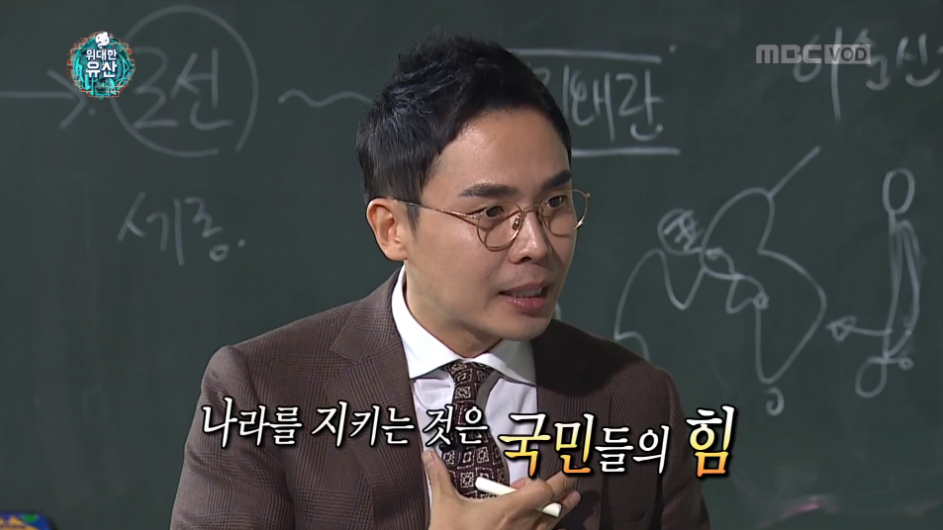 |
A trip is a symbol of youth and aspiration among university students like us. It can give us a great chance to get rid of the stresses of studying and dealing with various relationships. However, lately Korean teenagers are so disinterested in history that we can say they have no sense of history. So now it’s time for us to experience the history of Korea as we are the future of Korea. So, what about getting down to the history behind the darkness and shedding some light on it? Let’s start with dark tourism.
김세연 kimse3693@naver.com
<저작권자 © 인하프레스, 무단 전재 및 재배포 금지>

![[보도] 제43대 총학생회 후보자 공청회 개최돼](/news/photo/202404/11686_5015_2626.png) [보도] 제43대 총학생회 후보자 공청회 개최돼
[보도] 제43대 총학생회 후보자 공청회 개최돼
![[보도] 제43대 총학생회 후보자 공청회 개최돼](/news/thumbnail/202404/11686_5015_2626_v150.jpg)
![[보도] 총학생회장 선거 열려···학생사회 대표자는?](/news/thumbnail/202403/11668_5014_266_v150.jpg)
![[보도] 무전공·계열제 논의···학생은 어디에?](/news/thumbnail/202403/11666_5011_2238_v150.jpg)
![[보도] 인하 70돌, 다양한 행사 이어져](/news/thumbnail/202403/11663_5009_165_v150.jpg)
